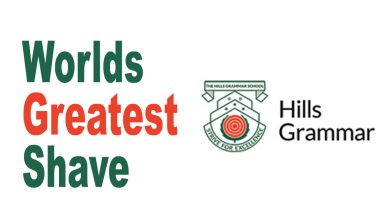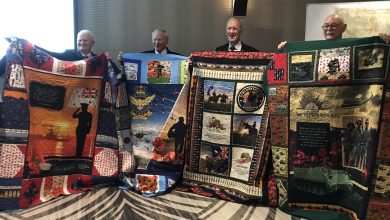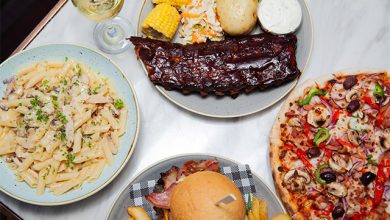HOLDING ON TO OUR HOLDENS
The announcement early this year that GMH have stopped the production of Holden vehicles sent shockwaves around the automotive industry.
I remember that all of the taxi companies operating in Sydney once had fleets of vehicles that solely consisted of Holdens. Whether your local taxi company was Cumberland Cabs, St. George Cabs or Southern Districts Taxis, when you hailed a taxi it was a Holden.
At the motor racing at Bathurst there was always the keen rivalry between Holden and Ford; the winners making the most of the publicity in subsequent marketing of their vehicles in print and video advertising in the days following the Bathurst 1000. Due to my age I remember it more as the Hardie-Ferado 500 or Armstrong 500 but then again it has been the Bathurst 1000 for quite a few decades now.
Whilst it is well known the Holden car, as we know it, was introduced in 1948 the history of the company goes much further back to 1856 when known as J A Holden & Co an Adelaide based saddlery company. It was renamed as Holden & Frost after H A Frost joined the company in 1895. It moved into the automotive industry in 1914, when Holden & Frost started to remount car bodies made by F T Hack & Co, also an Adelaide business, onto old chassis. Henry James Holden, son of J A Holden started a new business in late 1919 which was called Holden’s Motor Body Builders Ltd using the former F T Hack’s premises assembling or building bodies for a number of overseas companies including amongst others, Ford, General Motors, Hillman, Dodge, Austin etc.
In 1926 General Motors established a subsidiary company (General Motors (Australia Ltd) to assemble cars throughout Australia and in 1931 purchased Holden’s Motor Body Builders Ltd and merged it with their Australian subsidiary to become General Motors-Holden’s Ltd. After the merger with General Motors they dropped production of many of the other brands of motor vehicles but continued on with various GM brands including Chevrolet. Buick, Pontiac and Vauxhall. Interestingly they also continued assembling the British vehicle brand Hillman Minx until 1948 which was not a General Motors brand car.
Names other than Holden were also considered for the new Australian car included “GeM”, “Austral”, “Melba”, “Woomerah”, “Boomerang”, “Emu”, and “Canbra”, a phonetic spelling of Canberra before deciding upon “Holden”. The final design of the first Holden was based on a former rejected design for a Chevrolet model.










